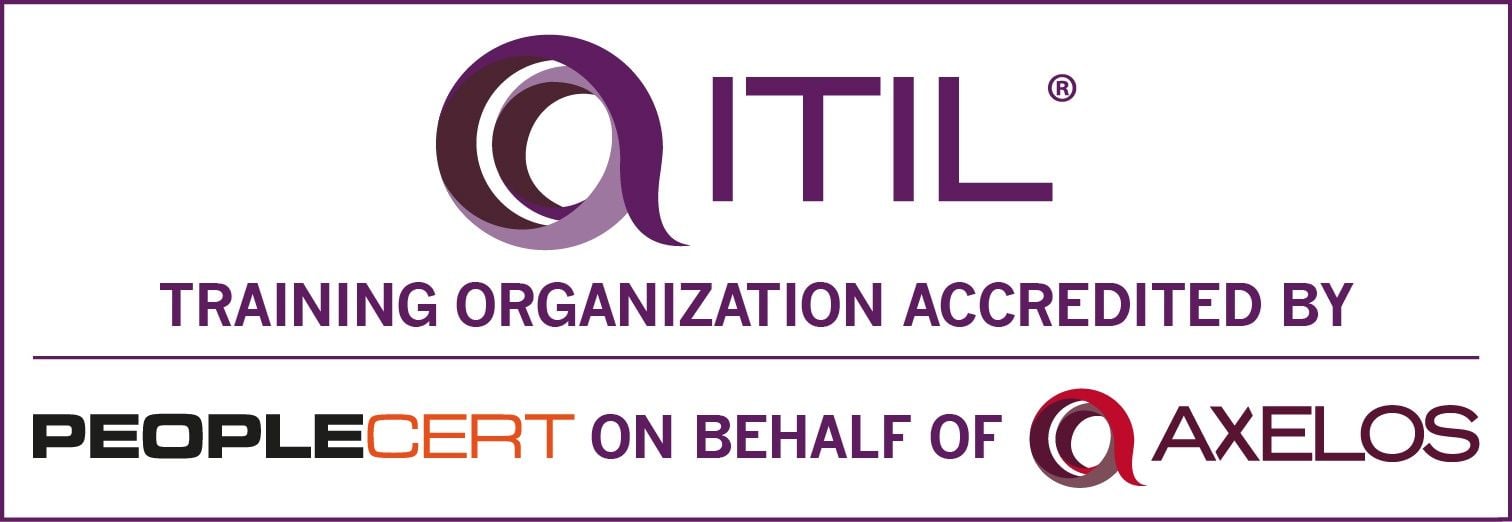As Inflation Skyrockets, Is Now the Time to Pull Back on New IT Initiatives?
Hardware and software prices are soaring. Is this a good time to push forward or pull back? A look at the factors to consider.
These are times that try IT leaders' confidence and spirit.
As the cost of just about everything spirals upward due to both inflation and supply chain shortages, many IT chiefs are taking a second look at projects that not so long ago seemed both necessary and logical.
Yet now may not be the time to panic and abandon carefully planned initiatives, says Emily Lewis-Pinnell, vice president and practice leader for cloud services at NTT Data Services. “The current inflation rate makes it imperative to remain focused on strategic, long-lead projects that will benefit organizations in the long term,” she explains. “In March, we saw inflation rates reach a 40-year high, impacting labor cost across IT -- including offshore -- increasing the value of digital transformation.”
Automation and AI investments can help offset inflationary pressure, but as inflation rises, IT leaders will be pressured to slash costs. “Leaders need to have a strong understanding of how technology can impact their goals,” Lewis-Pinnell cautions.
Juan Orlandini, chief architect and distinguished engineer at supply chain software and consulting services provider Insight, predicts that some IT leaders will actually feel increased pressure to accelerate certain project types. IT initiatives that create new revenue streams and/or increase competitive differentiation will likely see acceleration, he says.
Maintenance-type projects, on the other hand, will likely face delays or postponements.
Jay Upchurch, CIO at business analytics software firm SAS, reports that he isn't planning to slow down any of his firm's technology initiatives. “Many of our priorities are focused on IT modernization, cloud adoption and IPO readiness,” he explains. “These are critical initiatives for our future success and include business benefits, like labor savings with automation, workload optimization, and streamlining audit and compliance.” Upchurch notes that delaying these projects due to inflation fear will only create higher long-term operational costs.
Plow Forward or Pull Back?
A decision on whether to go forward or rein in initiatives ultimately comes down to whether IT is viewed as a revenue driver or a cost center. “We’ve seen how investments in IT can increase customer loyalty,” Lewis-Pinnell says. “It’s no longer a line item or cost center that can easily be scaled back, particularly when inflation is rising.”
There are two big risks associated with pulling back, says Ken Englund, technology sector leader at business advisory firm EY Americas. Pulling back on projects may increase the risk of IT talent turnover, he warns. “Pausing or changing priorities for tactical, short-term reasons may encourage talent to depart for opportunities on other companies' transformational programs.” Also, given current inflationary pressure, “the cost to restart a project may be materially more expensive in the future than it is to complete today.”
There's no doubt that pulling back on IT spend saves money over the short term, but short-sighted savings could come at the cost of long-term success. “If an organization must look to cut budgets, start with a strategic review of all projects, identifying which have the greatest possible impact and least amount of risk,” Lewis-Pinnell advises. Examine each project's total cost of ownership and rank them by cost and impact. Strategic selection of IT initiatives can help IT leaders manage through inflationary challenges. “Don’t be afraid to cut projects that aren’t bringing you enough benefit,” she adds.
As is always the case with technology initiatives, projects must be carefully reviewed before funding. “Companies need to ensure the return on investment is there before allocating valuable time and resources for technology change,” Upchurch says. “This is even more important now in the face of significant inflation.”
Assessing Benefits and Risks
Orlandini predicts that diminished consumer spending will increase competitive pressure. “In this environment, IT initiatives that can create new or improved goods/value streams that are manifestly better than competitors’ will be attractive to organizations because they offer the potential to build market and wallet share,” he explains. “However, industries and organizations that are not digitally transformed are likely to see across-the-board reductions in IT initiative spend.”
Digital transformation continues to be a growth driver, and making a decision about moving forward is a balance between whether the project is about growth and scale or about cost reductions, Englund notes. “Of late, the decision criteria has been around attaining growth and scale, but we believe that will shift to cost reduction for projects slated for 2023 and beyond.”
Inflation will always be a consideration, but it shouldn’t deter enterprises from moving forward, Upchurch says. “A company that operates from a place of fear will never advance,” he warns. “If you don’t advance, you’ll find your business out-maneuvered by the competition.

)
)
)
)
)
)
)
)
)
